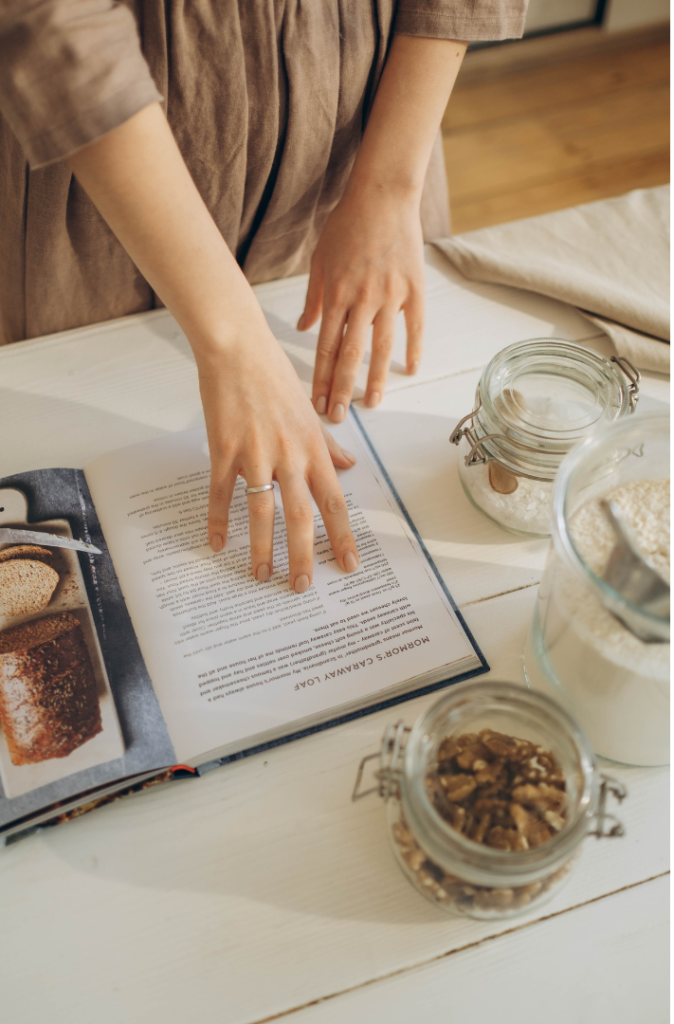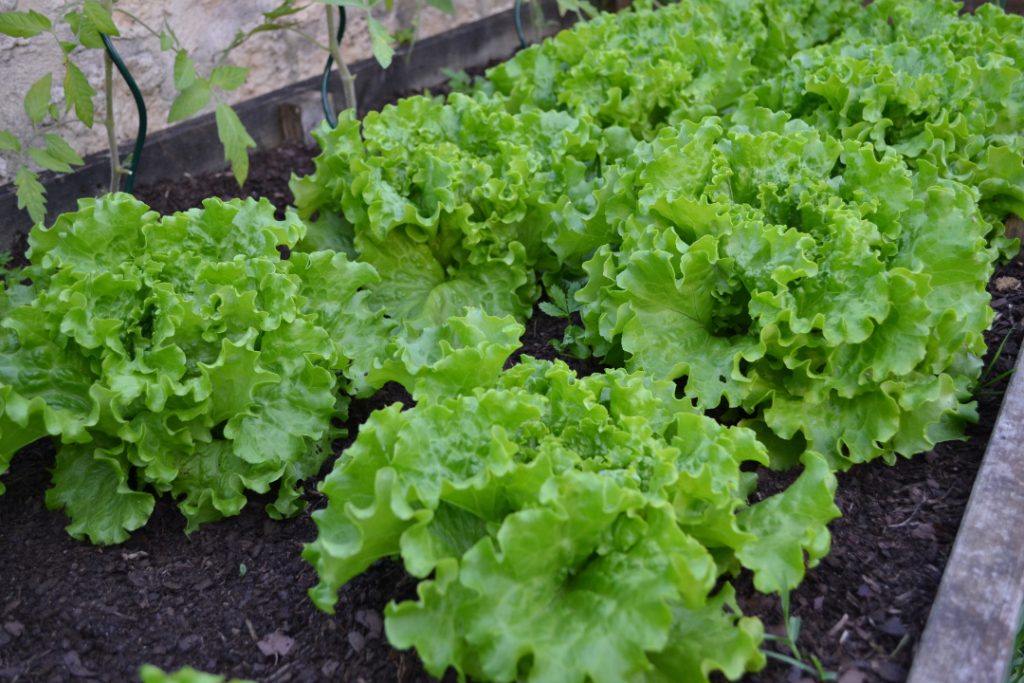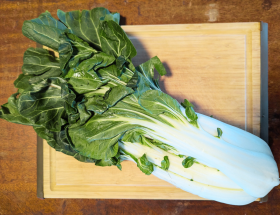Have you ever thought about how much food you might be wasting on a daily basis? I know I have. I get so disappointed in myself with all of the food I’ve thrown away just when cleaning out the fridge. Reducing food waste can help us save money, and teach us new ways of doing things.
It’s estimated that 40-50% of food wasted each year is from households alone, and that each household throws out roughly 2.1 pounds of edible food a week and 3 pounds of inedible food parts.1 However much of that is accurate, I don’t know, but I don’t doubt that we can waste a lot of food without even thinking about it.
To help reduce food waste I’ve come up with a list of practical ideas that we can start implementing into our daily routines to save us money. We are going to go over a few of them today:
#1. Save Veggie Scraps for Making Broth.
Keep a gallon size bag in your freezer and throughout the week while prepping for meals, throw your vegetable trimmings and scraps into the bag. Once it’s filled up we can then use those scraps to make a delicious broth.
How to make broth from veggies scraps:
- A gallon sized freezer bag full of vegetable scraps ( carrot tops, potato peels, kale stems, pumpkin guts, cabbage cores, etc.).
- About 8-12 Cups of Water, depending on the size of pot you use or how strong you want it. Less water will result in a stronger tasting broth.
- Salt and Pepper (optional)
- Any seasonings you may like (garlic powder, oregano, bay leaves, etc. These can also be added later when making soup with your broth).
- A Large pot, or pressure cooker.

Let’s begin-
- Add all of your indigents to what you want to make your broth in.
- For a large pot: Bring to simmer and simmer for about 45 minutes.
- For a pressure cooker: Cook on high for about 20 minutes. Allow the pressure to release naturally.
- For all methods: Allow to cool down and strain out your scraps. Don’t strain your broth into the sink!
- You can freeze this for later or use it right away.
#2. Be flexible with Recipes

A great way to reduce food waste is to learn to make swaps for special ingredients that you need a lot of but you won’t use more than for that one recipe. Or learn to use what you already have on hand. Of course on the flip side of that, when buying a special ingredient, try to come up with other recipes you can use it for. This is where meal planning can come in handy!
*Click here to learn how to make a bi-weekly meal plan.
Some great swaps you could make:
- Plain, unflavored yogurt for sour cream.
- Onions for leeks.
- Applesauce for eggs or vegetable oil.
- Rice for quinoa.
- Apple cider vinegar or broth for cooking wine.
- Milk and butter for heavy cream, or use powdered milk.
- Milk and vinegar for buttermilk.
- Use 1 cup regular flour, 1 tsp baking powder, 1/2 tsp salt, and 1/4 tsp baking soda to replace each cup of self rising flour.
#3 Save Seeds from Squash and Roast them.
If you eat squash at all you may have wondered what you can do with the guts after you’ve cleaned it out. These can be saved to make vegetable broth but the seeds can be eaten just like pumpkin seeds!

It is of my understanding that all seeds from edible squash are edible as well. So let’s roast them to snack on later:
- Start by separating the stingy guts of the squash from the seeds (don’t forget to save those for broth!).
- Give the seeds a clean by rinsing them in a little cold water.
- Add your seeds to a pot of boiling with and a pinch of salt. Simmer for about 5 minutes.
- Drain the seeds and dry with with clean kitchen towel.
- Toss your seeds in a oil of choice: olive, canola, coconut…
- Add any seasoning you’d like: ranch, taco, pumpkin spice, or keep them plain.
- Spread them on a cookie sheet and roast them in the oven at 325° F for about 20-30 minutes until golden brown and crispy.
- Let them cool completely before storing.
#4. Eat More Perishable Foods First.
When planning out your meals, make sure to plan to eat the foods that go bad quickly before you eat everything else, especially if they cannot be frozen for later.
Some foods that go back quickly are:

- Leafy green, such as lettuce or spinach.
- Asparagus.
- Meats left out of the freezer.
- Berries.
- Avocados.
- Hard boiled eggs.
Foods that will last longer:

- Carrots (but not the tops).
- Potatoes.
- Canned goods.
- Frozen meats.
- Apples.
- Dried goods like pasta and rice.

Creating less food waste is a little bit more work but does save a lot of money and it’s something you can easily get into the routine of doing. Once you start doing them, it’s just a matter of time before it becomes second nature and takes little effort at all.
These are just a few things we can do to reduce food waste, but doing them can make a huge difference in your grocery bill! Stay tuned and there will be more lists.
Which one of these do you want to start doing or already do?












[…] ahomemakersworkmanship.com […]
[…] Making jerky can be a great way to reduce food waste, but if you’re looking for more tips, Click Here! […]
[…] *You can save the scraps for making vegetable broth later! Click here to read more. […]
[…] *Don’t forget to save those scrapes and reduce waste! Click here to read that post. […]
[…] Part One Part Two […]
[…] Sort through the greens checking for any bugs, or bad pieces that might be hiding. This may also include any thick and woody pieces you may not want to much down on (save those for vegetable broth later!). […]